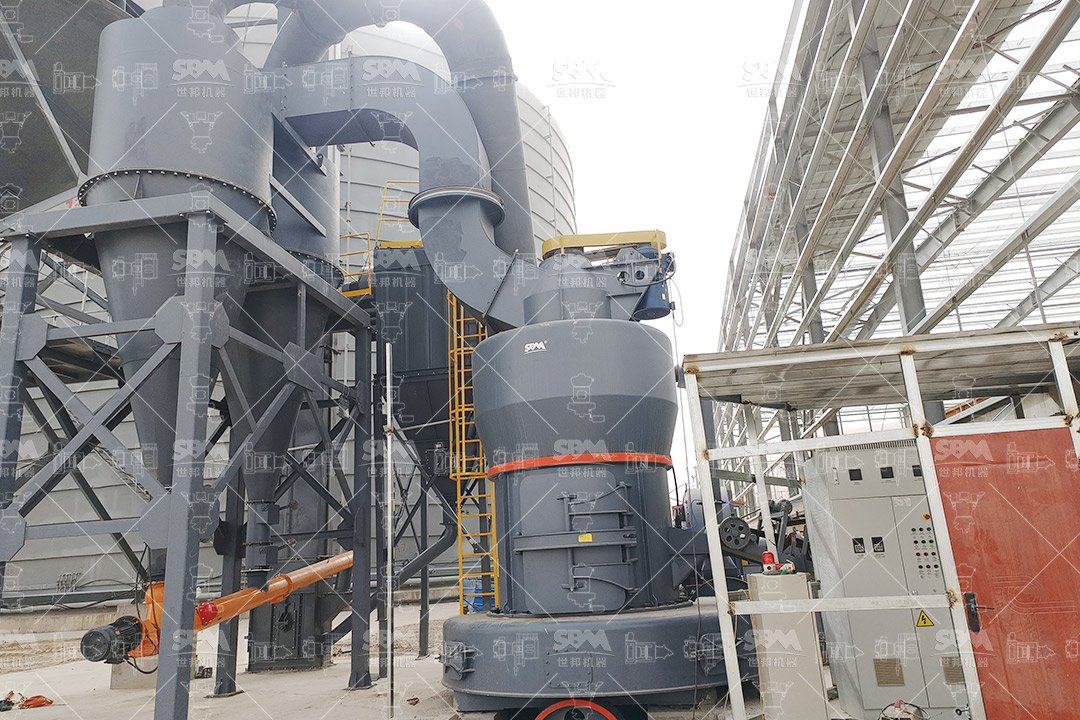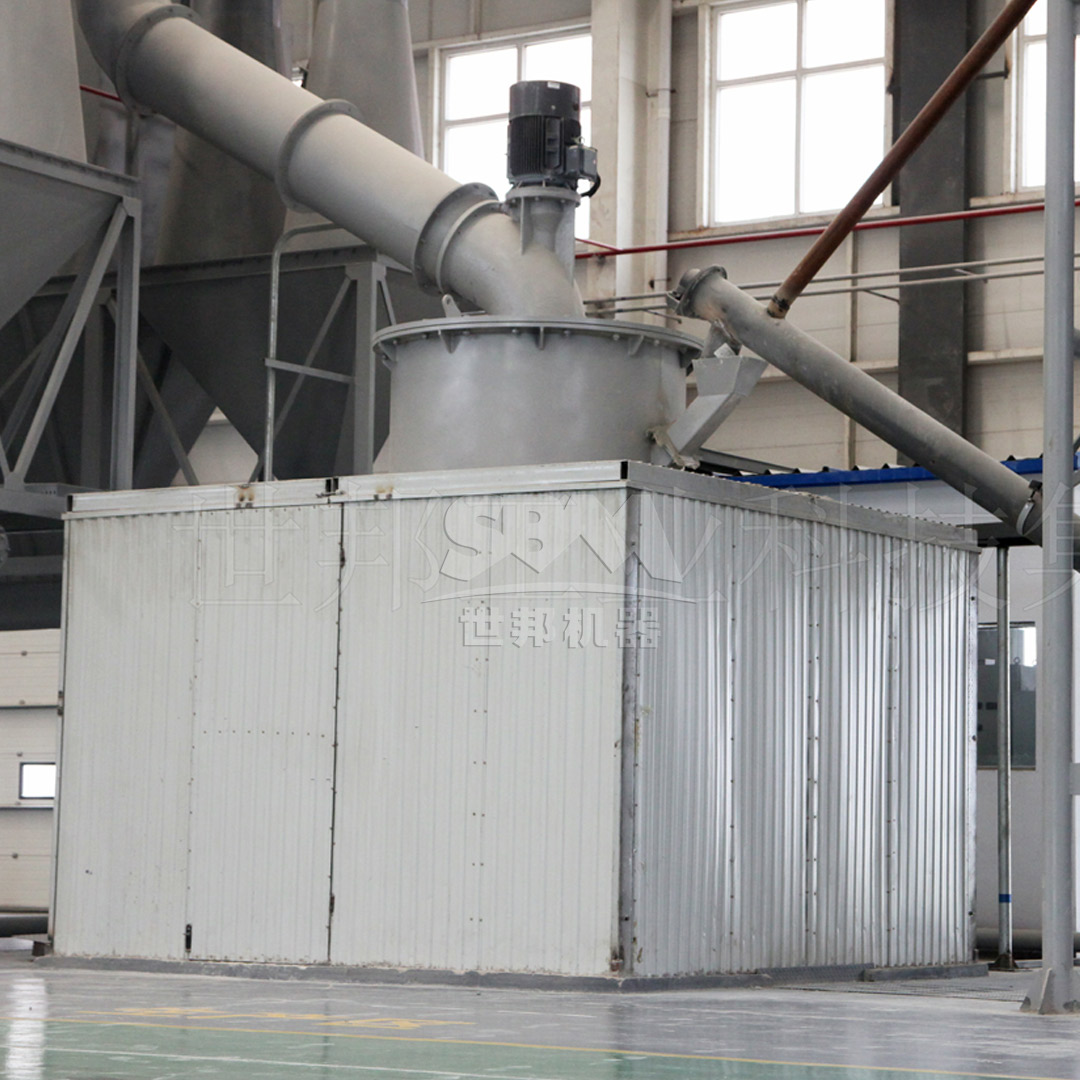Grinding hard materials presents significant challenges in industrial processing operations. Materials such as quartz, granite, basalt, corundum, and other high-hardness minerals demand specialized equipment and optimized processes to achieve efficient size reduction while maintaining operational economy. The inherent properties of hard materials – including high compressive strength, abrasiveness, and fracture resistance – require pulverizers with robust construction, precise control systems, and innovative grinding mechanisms.
This comprehensive guide explores the key factors affecting pulverizer efficiency when processing hard materials and provides practical strategies for optimization. We will examine equipment selection criteria, operational parameters, maintenance practices, and technological innovations that collectively contribute to enhanced performance, reduced operating costs, and improved product quality.

The first step in optimizing pulverizer efficiency is thoroughly understanding the material characteristics that influence the grinding process. Hard materials exhibit specific properties that directly affect equipment selection and operational parameters.
| Property | Impact on Grinding | Measurement Methods |
|---|---|---|
| Hardness (Mohs scale) | Determines wear rates and energy consumption | Scratch test, indentation hardness |
| Compressive Strength | Affects grinding pressure requirements | Uniaxial compression testing |
| Abrasiveness | Influences component wear and maintenance intervals | Miller Number, CERCHAR test |
| Fracture Toughness | Determines breakage patterns and particle size distribution | Single-edge notched beam test |
| Bond Work Index | Quantifies grinding energy requirements | Standard Bond grindability test |
Materials with high Bond Work Index values (above 15 kWh/t) require significantly more energy for size reduction. For example, quartz (BWI ~16-18 kWh/t) demands approximately 40% more specific energy than limestone (BWI ~10-12 kWh/t) for the same size reduction ratio. Understanding these properties enables proper equipment selection and process optimization.
Pre-treatment methods can significantly improve the grindability of hard materials. Thermal shock treatment, microwave-assisted comminution, and high-pressure water jetting can introduce micro-fractures that reduce the energy required for subsequent grinding operations. For materials with moisture content above 5%, pre-drying is essential to prevent agglomeration and mill packing.
Selecting the appropriate pulverizer is critical for efficient processing of hard materials. The optimal equipment choice depends on feed size, required product fineness, capacity requirements, and material characteristics.
| Pulverizer Type | Optimal Feed Size | Product Fineness Range | Hard Material Suitability | Energy Efficiency |
|---|---|---|---|---|
| Ball Mills | ≤25mm | 0.074-0.8mm | Moderate | Medium |
| Vertical Roller Mills | ≤50mm | 30-600 mesh | High | High |
| Ultrafine Mills | ≤20mm | 325-2500 mesh | High | Very High |
| Trapezium Mills | ≤35mm | 45-325 mesh | High | High |
| Hammer Mills | ≤40mm | 0-3mm | Limited | Medium |
For hard materials requiring fine to ultrafine grinding, specialized mills with enhanced wear resistance and precise classification systems deliver superior performance. The grinding mechanism – whether impact, compression, or attrition – should match the material’s fracture characteristics.
For processing extremely hard materials to ultrafine specifications, the SCM Ultrafine Mill represents an optimal solution. This advanced pulverizer combines high grinding efficiency with exceptional wear resistance, making it particularly suitable for materials like zircon sand, fused alumina, and silicon carbide.
The SCM Ultrafine Mill operates with a unique multi-layer grinding mechanism that progressively reduces particle size through centrifugal force distribution. With an output fineness range of 325-2500 mesh (D97≤5μm) and capacity from 0.5 to 25 tons per hour depending on model, this equipment delivers precision grinding for the most demanding applications. Its vertical turbine classifier ensures precise particle size cuts without coarse powder contamination, while special material roller and ring sets provide extended service life – a critical factor when processing abrasive hard materials.

For medium to fine grinding of hard materials at higher capacities, the MTW Series Trapezium Mill offers robust performance with advanced features specifically designed for challenging applications. With input sizes up to 50mm and processing capacities from 3 to 45 tons per hour, this mill handles a wide range of hard materials including basalt, granite, and quartzite.
The MTW Series incorporates several innovations that enhance its suitability for hard materials. Its curved air channel design reduces energy loss and improves transmission efficiency, while the combined shovel blade system minimizes maintenance costs. The integral transmission with bevel gears achieves 98% transmission efficiency, and the abrasion-resistant volute structure improves air classification performance. These features collectively contribute to 30% lower maintenance costs compared to conventional mills when processing hard, abrasive materials.
Beyond equipment selection, optimizing operational parameters is essential for maximizing pulverizer efficiency when grinding hard materials. Key parameters include grinding pressure, classifier speed, feed rate, and gas flow.
Grinding Pressure Optimization: For roller mills processing hard materials, grinding pressure must be carefully balanced. Insufficient pressure reduces grinding efficiency and increases recirculation loads, while excessive pressure accelerates wear and increases energy consumption. The optimal pressure range typically falls between 8-12 MPa for most hard minerals, with adjustments based on specific material characteristics.
Classifier Speed Control: The classifier rotational speed directly determines product fineness. For hard materials, higher classifier speeds generally produce finer products but increase system resistance and energy consumption. Implementing variable frequency drives allows precise adjustment to achieve target particle size distributions while minimizing energy usage.
Feed Rate Management: Maintaining consistent, optimal feed rates prevents mill overload and ensures stable operation. For hard materials, the feed rate should be controlled at 80-90% of maximum capacity to accommodate fluctuations in material hardness and maintain grinding bed stability.
Grinding hard materials typically accounts for 30-50% of total energy consumption in mineral processing operations. Implementing these strategies can reduce specific energy consumption by 15-25%:

The abrasive nature of hard materials accelerates component wear, making effective wear protection essential for maintaining pulverizer efficiency and reducing operating costs.
| Component | Primary Wear Mechanisms | Protection Methods | Expected Service Life (Hard Materials) |
|---|---|---|---|
| Grinding Rolls/Ring | Abrasion, impact fatigue | High-chrome alloys, ceramic composites | 3,000-6,000 hours |
| Classifier Blades | Erosion, particle impingement | Carbide tips, hardened steel | 4,000-8,000 hours |
| Liners | Low-stress abrasion, impact | Rubber, composite materials | 5,000-10,000 hours |
| Shovel Blades | High-stress abrasion | White iron, dual-hardness steel | 2,000-4,000 hours |
Implementing a comprehensive predictive maintenance program significantly reduces unplanned downtime and maintains grinding efficiency. Key elements include:
Advanced pulverizers like the SCM Ultrafine Mill incorporate smart monitoring systems that track operational parameters and component condition in real-time, enabling proactive maintenance scheduling and preventing catastrophic failures.
Modern control systems play a crucial role in optimizing pulverizer performance for hard materials. Advanced automation not only stabilizes operation but also adapts to variations in material characteristics.
Expert Control Systems: These systems utilize rule-based algorithms and historical data to optimize grinding parameters automatically. For hard materials, expert systems adjust grinding pressure, classifier speed, and feed rate based on power consumption trends and product fineness measurements.
Model Predictive Control (MPC): MPC systems use mathematical models of the grinding process to predict future behavior and optimize control actions. This approach is particularly effective for hard materials, where process delays and nonlinearities complicate control.
Fuzzy Logic Control: For processes with imprecise measurements or multiple interacting variables, fuzzy logic controllers provide robust performance. These systems effectively handle the complex relationships between operational parameters when grinding hard materials.
Modern pulverizers should integrate with broader plant control systems to optimize overall performance. This includes coordination with upstream crushing operations and downstream classification processes. The MTW Series Trapezium Mill, for example, offers comprehensive automation capabilities that support seamless integration with plant distributed control systems (DCS).
A mineral processing plant processing high-purity quartz for semiconductor applications faced challenges with excessive energy consumption and high wear rates in their existing grinding circuit. The material had a Bond Work Index of 16.5 kWh/t and contained approximately 8% abrasive impurities.
After comprehensive analysis, the operation replaced their conventional ball mill circuit with an SCM Ultrafine Mill configured with special ceramic grinding components. The results demonstrated significant improvements:
This case study highlights how appropriate equipment selection combined with optimized operational parameters can dramatically improve efficiency when processing hard, abrasive materials.
The field of hard material grinding continues to evolve with several emerging trends that promise further efficiency improvements:
New composite materials and surface treatments are extending component service life in abrasive applications. Nanostructured coatings, functionally graded materials, and advanced ceramics are being developed specifically for grinding hard materials, potentially doubling wear component life compared to current solutions.
Innovative energy recovery systems capture and reuse waste heat from grinding operations. For hard materials where a significant portion of energy converts to heat, these systems can improve overall energy efficiency by 8-12%.
Digital twins create virtual replicas of grinding systems, enabling simulation-based optimization and predictive maintenance. For hard material applications, digital twins can model wear progression and predict optimal maintenance intervals, reducing downtime and maintenance costs.
Improving pulverizer efficiency for grinding hard materials requires a comprehensive approach addressing equipment selection, operational parameters, wear protection, and advanced control strategies. The abrasive nature and high strength of these materials demand robust equipment specifically designed for challenging applications.
Advanced pulverizers like the SCM Ultrafine Mill and MTW Series Trapezium Mill incorporate innovations that directly address the difficulties of hard material grinding. From specialized wear materials to precision classification systems, these technologies deliver measurable improvements in energy efficiency, component life, and product quality.
By implementing the strategies outlined in this guide – including proper equipment selection, parameter optimization, predictive maintenance, and advanced control systems – operations processing hard materials can achieve significant improvements in efficiency, reliability, and profitability. As technology continues to advance, further opportunities for optimization will emerge, driving continued improvement in this critical area of mineral processing.